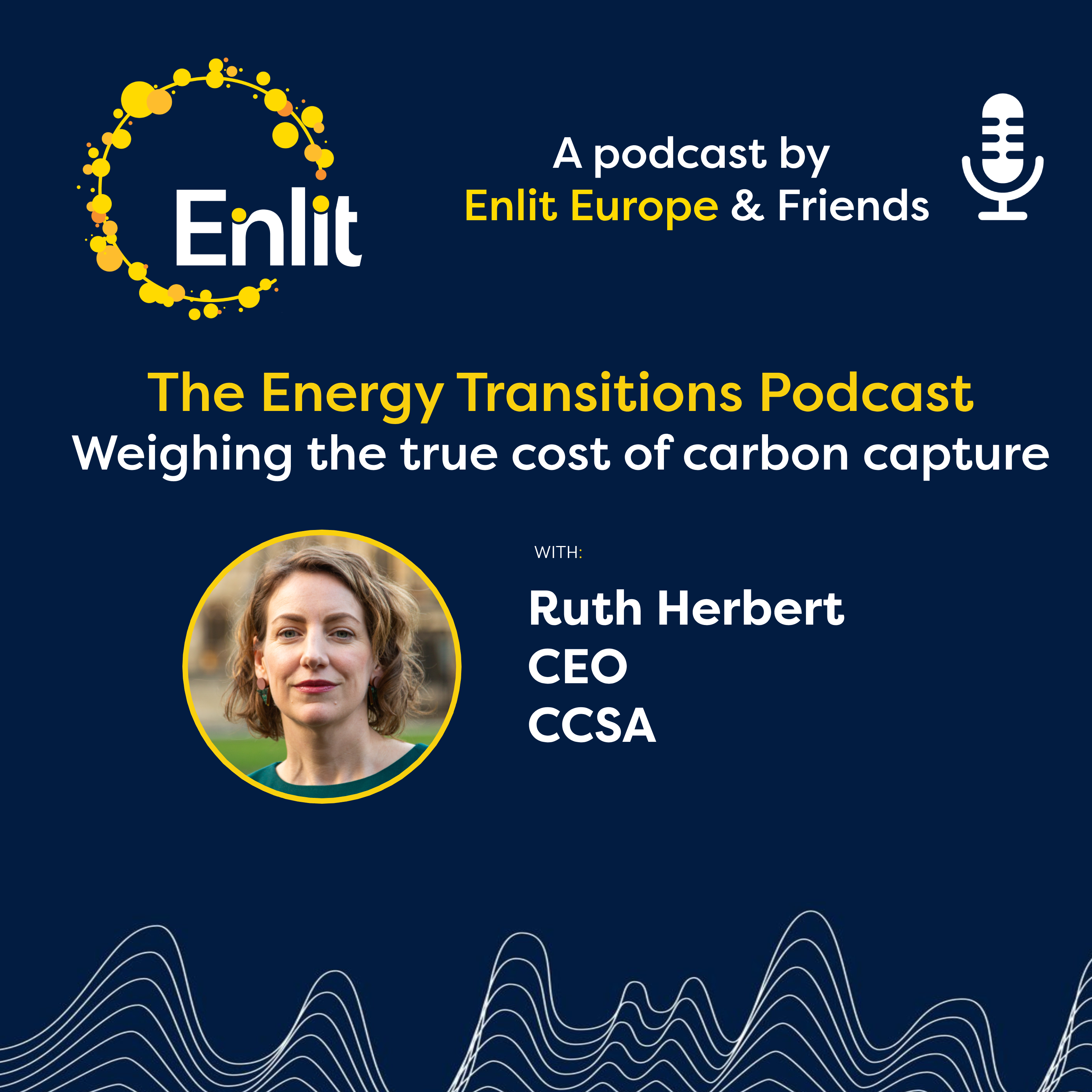The built environment is one of the main sources of carbon emissions but it also provides one of the most opportune spaces for clean tech project development.
Behind the meter, energy efficiency and demand response projects, in particular, could make a significant contribution towards lowering the carbon footprint of buildings and the infrastructure that connects them. However, barriers to project development and finance must be overcome in order to spur progress towards net zero and empower all players, especially small and medium sized enterprises.
In this episode of the Energy Transitions Podcast, Yusuf Latief spoke to Jessica Stromback, CEO of Joule Assets and Co-Founder of the Sustainable Energy Finance Association (SEFA), regarding the practical steps to figuring out financing and bringing net-zero projects to life.
To listen to other episodes: https://www.enlit.world/podcasts/energy-transitions/

In the first episode of a special four-part miniseries of the Energy Transitions Podcast zooming in on Spain’s journey to greener mobility, host Yusuf...

With net zero requiring 7 billion tonnes of CO2 to be captured and stored annually by 2050, Ruth Herbert, CEO of CCSA, highlights the...

In this episode of the Energy Transitions Podcast, we hear from industry experts at Nokia, Dominique Verhulst, Global Head of Utilities, and Hansen Chan,...